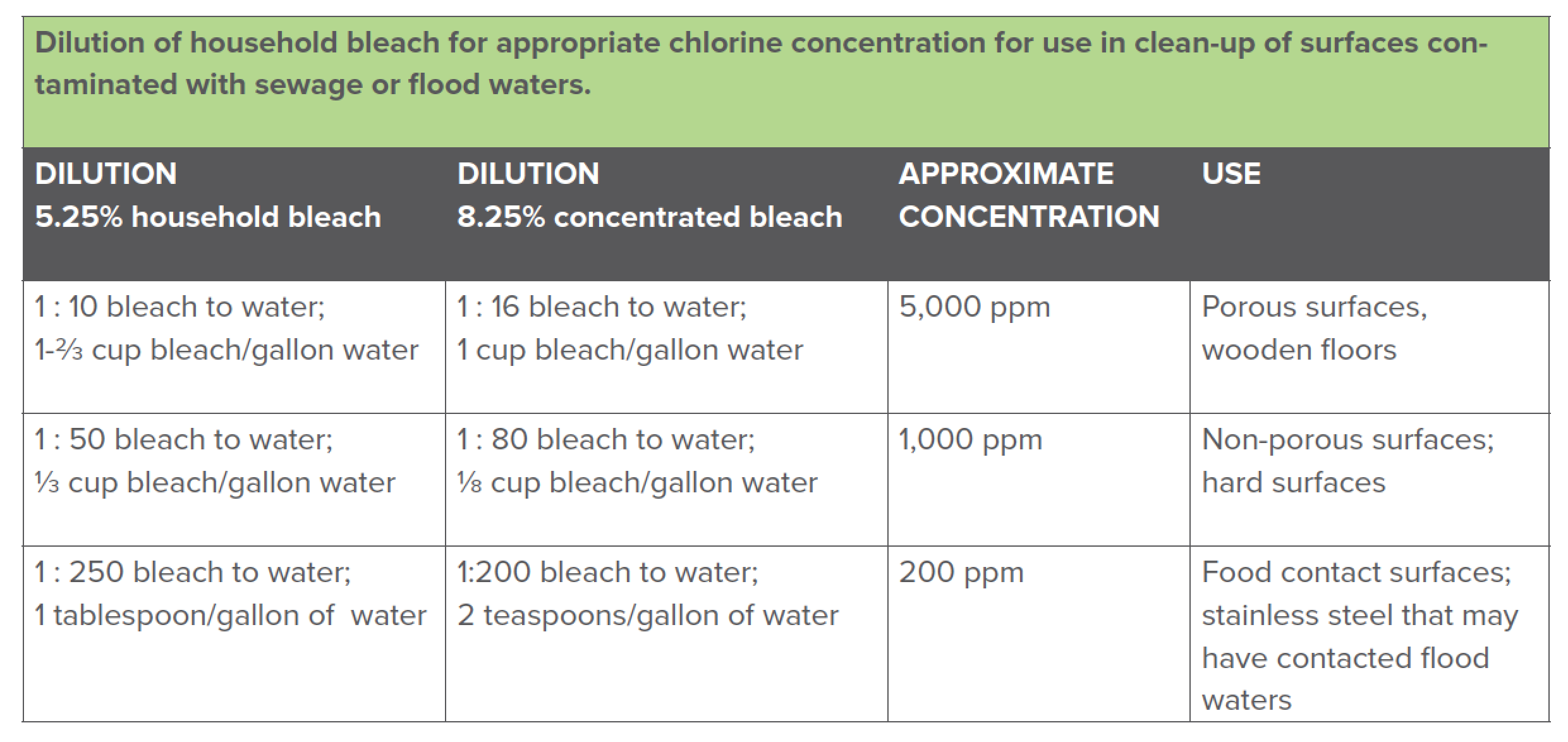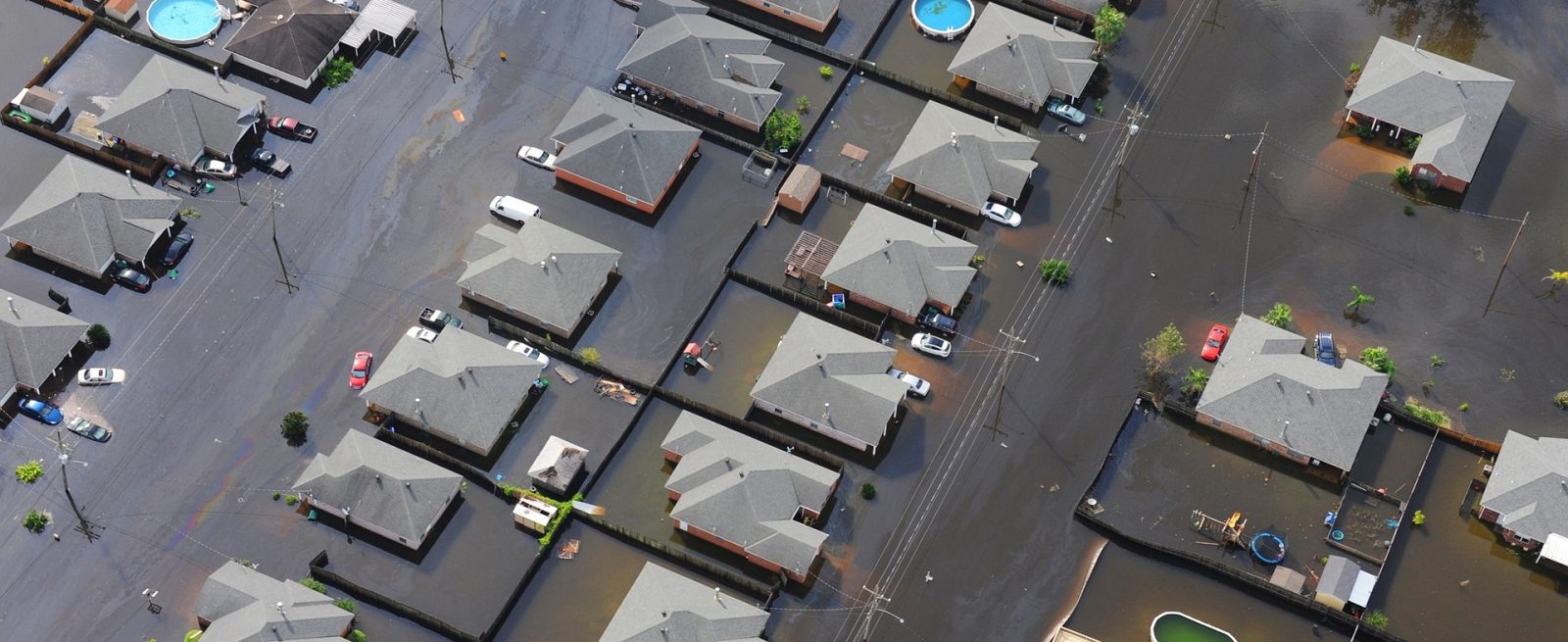In Case of Emergency: How to Deal with Restaurant Flooding
5 Min Read By Steritech
The United States is currently experiencing historic flooding from Nebraska to Minnesota to Wisconsin. The resulting floodwater has the potential to damage food inventory, as well as records, equipment and cause structural damage.
The experts at Steritech shared procedures to follow in the event of a flooding as well as re-opening procedures and flood prevention tips with Modern Restaurant Management (MRM) magazine readers. The local health authority will always have the best, most immediate information available in any affected locale. Instructions of the local health authority should always supersede any information provided in this article.
In Event of a Flooding
- If there are flood waters and/or continuous overflow and/or backup of sewage into the facility, cease operations and close the facility until repairs are made and the facility has been cleaned and sanitized.
- Prevent any unnecessary personal from walking in flood waters or sewage backup to prevent spread of dangerous bacteria to skin, clothing, or other areas in the facility. Contamination can cause rashes, illness, etc.
- Employees tasked with cleaning up flood waters or sewage must wear personal protective equipment – eye protection, gloves, disposable aprons, rubber boots that can be disinfected, etc.
- Discontinue use of toilets, sinks, or equipment than may cause additional backup.
- Do not prepare food while drains are not functioning or while repairs are being made.
- Use a commercial disinfectant with effectiveness against norovirus or make a chlorine bleach solution to disinfect affected areas. Prepare a 1000 – 5000 ppm solution of chlorine by adding five – 25 tablespoons of household chlorine bleach per one gallon of potable water. Remember to use unscented bleach, wear gloves, and make fresh bleach solutions daily. Any food contact surfaces that are disinfected must be rinsed with clean, potable water, and sanitized before use.

Re-opening Procedures
When your restaurant has been closed due to flooding or water damage, these guidelines can help you assess whether or not to reopen and evaluate the availability of food and water for safe operations.
- An establishment cannot prepare food if it does not have a safe water source for food prep and for washing dishes and hands. If the water system was affected by flood or the local water supply was unsafe, the local health department should be involved in clearing re-opening.
- A facility must not sell or try to use/salvage any food that has been in the flood if there are any questions or doubt about its safety. When in doubt, throw it out.
- An establishment cannot prepare food if its physical facility is damaged in a way that will compromise the safety of the food. For example, if the ceiling is damaged and flaking into food, the establishment should not be open.
- A facility can only sell commercially prepackaged food items that were unaffected by the rain or flooding without having a potable water supply.
The following food items MUST be discarded:
- Unpackaged food that has been exposed to flood water or water that is not potable.
- Food in permeable packaging that has been exposed to flood waters or other non-potable water. For example, flour in bags, produce in cardboard boxes, etc.
- Food packaging materials that have been exposed to flood waters.
- Refrigerated food that is in a refrigerated unit where the temperature rose above 41°F for more than four hours or any refrigerated product where the temperature of the food product was uncontrolled for more than four hours.
- Frozen food product that has thawed to a temperature of above 41°F for more than four hours.
- Canned items that have damage to their seams, swelling or dents.
- Any single service/use items that had contact with flood waters.
- Discard any linens that contacted flood waters or launder separately with bleach and dry in a mechanical dryer.
The following items should be treated before use:
- Undamaged canned items that were exposed to flood waters must be disinfected before they are opened.
- Any food equipment that was exposed to flood water or other non-potable water must be disinfected prior to use. This includes ice machines. All ice in ice machines should be discarded, and the machines must be thoroughly cleaned and sanitized before being turned on.
Canned foods exposed to flood waters must be disinfected before they are opened. If the following disinfection steps cannot occur, canned food must be discarded.
All cans, free of rust or dents, must be washed and sanitized before they are opened.
- Wash containers in a detergent solution with a scrub brush.
- Rinse in clean water.
- Disinfect by immersing containers for fifteen (15) minutes in a chlorine bleach solution.
- Inspect cans and destroy any that bulge or leak. After disinfecting, remove containers from solution, and air-dry.
- Re-label with the name of the food product. Use as soon as possible, since containers may rust, and store containers where they will not be re-contaminated.
Preparation and Recovery for Flood Situations
Flooding can occur after heavy rains or when rivers and streams rise quickly. Large areas can flood in a short time, interrupting power, and damaging property. The resulting floodwater may damage records, equipment, and food inventory, as well as cause structural damage. Local health authority instructions always take precedence over these guidelines.
When flooding is forecasted, the following actions are suggested:
- Remove or elevate vital records, equipment and food to protect from water damage.
- Protect any openings with sandbags at doors.
- Post a temporarily closed sign on door. Call your region or corporate office for assistance with wording or signage, if necessary.
- Secure all cash; turn off electrical equipment or natural gas lines; lock doors; and set alarms. • Be certain that all refrigerated units are equipped with accurate thermometers. If possible, monitor the temperature in the units during the disaster situation.
- Follow all local authority procedures for evacuation of employees and guests.
- Recommended Procedures in the Event of Flooding
Flooding can occur quickly. Human safety is paramount in any situation. Never wade into rising flood waters. In addition to presenting drowning and moving water dangers, flood waters can carry dangerous germs and bacteria that can contaminate surfaces and foods. The following are recommended procedures for ceasing operations and recovery efforts once authorities have given the all-clear for safety.
If there are flood waters and/or continuous overflow and/or backup of sewage into the facility, cease operations and close the facility until repairs are made and the facility has been cleaned and sanitized.
- Barricade area to prevent any guests or employees from being exposed to flood waters or sewage.
- Prevent any unnecessary personal from walking in flood waters or sewage backup to prevent spread of dangerous bacteria to skin, clothing, or other areas in the facility. Contamination can cause rashes, illness, etc.
- Cease all food preparation.
- Call a plumber or other service to repair any isolated flooding from broken pipes, etc. “Snaking” sewer lines to remove debris and obstructions may also be necessary.
- Discontinue use of toilets, sinks, or equipment than may cause additional backup.
- Do not prepare food while drains are not functioning or while repairs are being made.
- Employees tasked with cleaning up flood waters or sewage must wear personal protective equipment – eye protection, gloves, disposable aprons, rubber boots that can be disinfected, etc.
- Do not allow employees performing clean up on affected areas of the facility to walk into other areas of the facility without washing hands and removing footwear and protective clothing.
- Discard any mop heads or absorbent materials used to clean flooded areas.


